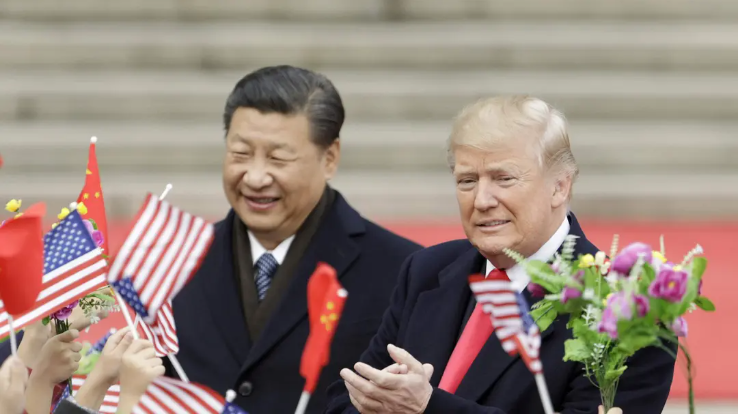Study: US 15 Years Behind China in Nuclear Power Technology
According to a study by the Washington-based Information Technology & Innovation Foundation, the US may have the world's largest number of nuclear plants, but it lags behind China by up to 15 years in the development of advanced nuclear power technology....
Facts
- According to a study by the Washington-based Information Technology & Innovation Foundation, the US may have the world's largest number of nuclear plants, but it lags behind China by up to 15 years in the development of advanced nuclear power technology.1
- China is currently developing 27 reactors with an average construction timeline of seven years, which the study states is significantly faster than other countries.2
- Besides two large plants in Georgia that came online in 2023 and 2024, the study finds that no new nuclear reactors are being constructed in the US.1
- This study comes after a CNBC report last year found that the PRC had been building significant nuclear capabilities to meet the massive energy demand.3
- China's nuclear power capacity, largely comprising pressurized water reactors, is reportedly concentrated in its eastern parts along the PRC's Pacific coast.4
- The US had about 112 operational reactors in 1990 — which had supported Washington on a carbon-neutral trajectory — and it has lost nearly a third of them since.5
Sources: 1Reuters, 2Al Jazeera, 3CNBC, 4U.S. Energy Information Administration (EIA) and 5Forbes.
Narratives
- Anti-China narrative, as provided by The Heritage Foundation. China's rapid nuclear expansion aligns with its aggressive military and economic strategies, aiming to back its global ambitions. With nuclear parity, China can coerce or constrain US actions, especially in crises, such as a conflict over Taiwan. Its expanded arsenal increases the risk of nuclear escalation, undermines US extended deterrence commitments to allies, and challenges the current US nuclear posture. Washington must prioritize addressing this threat to maintain strategic stability.
- Pro-China narrative, as provided by XINHUA. The PRC is already developing productive and responsible fourth-generation nuclear power capabilities. Based on closely coordinated public-private partnerships, PRC nuclear technologies prioritize safety as well as impressive energy outputs. This level of innovation is not only driving China's surging energy sector but also catalyzing science and technology advancements in general.
- Narrative C, as provided by New Security Beat. There's no need to panic about China's rapid nuclear expansion, as it faces significant internal and external challenges. It's quickly building reactors, but its projects are less dominant than they appear. Renewables like wind and solar are scaling up faster and more cost-effectively. Additionally, inland construction barriers, public safety concerns, and limited water resources are bound to hinder progress. Due to financial and logistical hurdles, its nuclear exports are unlikely to surge.







